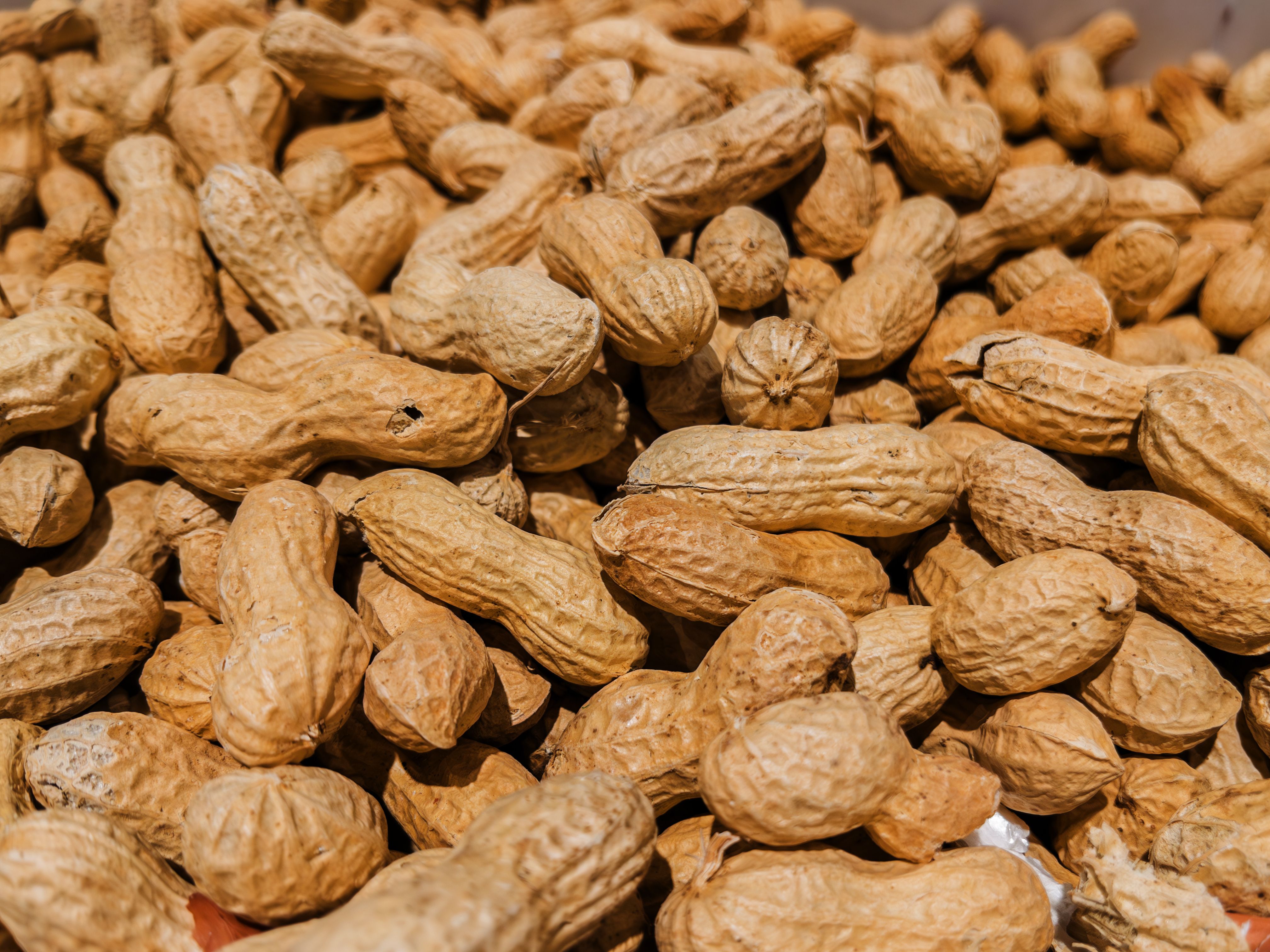New Study Highlights Advanced Techniques for Assessing Food Freshness and Composition
A recent study explores a novel approach for improving data interpretation to provide a better understanding of food properties.
In a recent study, which was led by Paulo Henrique Março and conducted across multiple institutions, including the Federal University of Technology of the Paraná State (UTFPR), Centro de Investigação de Montanha (CIMO), Université Paris-Saclay, and Muséum National d’Histoire Naturelle, a research team explored a new method to evaluate food freshness and composition. This study, published in Food Control, tested a method that applied Common Components and Specific Weights Analysis (CCSWA or ComDim). The new method, ComDim-Improved Components Analysis (ComDim-ICA), was tested to see if it improved data interpretation.
ComDim-ICA is an offshoot of the ComDim algorithm (2). The ComDim algorithm applies principal component analysis (PCA) to the iteratively reweighted concatenated matrices (2). The ComDim-ICA improves upon its traditional technique by implementing ICA decomposition (1). In the study, the research team tested ComDim-ICA on peanut-based food enriched with protein powders derived from pumpkin seed, rice, pea, sunflower seed, water lentil (duckweed), flaxseed, soybean, and whey. By integrating colorimetry, texture profile analysis (TPA), and near-infrared spectroscopy (NIR), researchers aimed to determine which techniques best differentiate the freshness and composition of these protein sources over time (1).
Peanuts in Shell: Nutritional Benefits and Uses | Image Credit: © VGV - stock.adobe.com

ComDim-ICA was selected for this study because of its ability to provide clearer and more interpretable scores compared to the standard PCA-based ComDim. Researchers conducted measurements at three different time points: the day of preparation, seven days after, and fourteen days after (1).
The researchers found that the second common component (CC2) provided the most valuable insights into food freshness, while CC3, CC4, and CC5 were associated with food composition (1). Among the analytical techniques employed, NIR and colorimetry emerged as the most effective in detecting changes in freshness, while TPA and color analysis played a key role in distinguishing different protein compositions (1).
The results of the study underscore the importance of integrating multiple analytical techniques in food quality control. NIR spectroscopy, which demonstrated exceptional sensitivity to moisture content, proved to be a powerful tool for detecting changes in food freshness (1). Because moisture loss and degradation of food components are crucial indicators of spoilage, NIR could become an essential technique for real-time quality monitoring in food production and packaging (1).
Similarly, colorimetry provided significant insights into protein differentiation, particularly in CC4 and CC5. Although it was less effective in determining freshness compared to NIR, its potential for integration into smart packaging solutions makes it a valuable tool for food safety applications (1).
By using ComDim-ICA, food scientists and manufacturers can develop more effective methods to monitor and maintain food freshness. This development can yield to numerous positive benefits in the food industry. The ability to integrate NIR and colorimetry into real-time, non-destructive testing could lead to advancements in packaging innovations, extending shelf life while reducing food waste (1).
Additionally, the research highlights the growing importance of plant-based protein sources (1). With an increasing global demand for sustainable and nutritious food options, the ability to accurately assess and differentiate alternative proteins, such as lentil, rice, and flaxseed, is critical for ensuring consistency and quality in plant-based products (1).
The researchers also highlighted future directions new studies can take, including expanding these findings by incorporating larger sample sizes and additional protein sources. The authors suggest further investigation on how these techniques interact with different food matrices and could lead to more comprehensive applications in the food industry (1).
References
- Esteves da Silva, C.; Leimann, F. V.; Sanches, Y. Y. R.; et al. Food Freshness and Composition Evaluated by Colorimetry, TPA, and Spectroscopy Through ICA-based ComDim: A Case Study of a Peanut-based Protein-enriched Food. Food Cont. 2025, 169, 110978. DOI: 10.1016/j.foodcont.2024.110978
- Baqueta, M. R.; Pallone, J. A. L.; Pilau, E. J.; et al. Enhancing Mass Spectrometry Interpretability by ComDim-ICA Multi-block Analysis: Geographical and Varietal Traceability of Brazilian Coffea canephora. Talanta 2024, 281, 126927. DOI: 10.1016/j.talanta.2024.126927
Combining AI and NIR Spectroscopy to Predict Resistant Starch (RS) Content in Rice
June 24th 2025A new study published in the journal Food Chemistry by lead authors Qian Zhao and Jun Huang from Zhejiang University of Science and Technology unveil a new data-driven framework for predicting resistant starch content in rice
Fluorescence Emission and Raman Spectroscopy Offer Greater Insight into Poultry Meat Quality
June 19th 2025Researchers from the Institute of Agrifood Research and Technology (IRTA) in Catalunya, Spain used fluorescence and Raman spectroscopy to explore complex tissue changes behind wooden breast myopathy in chickens.
The Role of ICP-OES in Analyzing the Metal Content in Pet Food
June 19th 2025Because the United Arab Emirates is seeing an increase in pet ownership, the quality of both dry and wet pet food is undergoing greater scrutiny to ensure its safety and efficacy. Lucy Semerjian, who works as a Chair and Associate Professor in the Department of Environmental Health Science at the University of Sharjah in Sharjah, United Arab Emirates, recently explored this topic in a recent paper
Pet Food in the United Arab Emirates: An Interview with Lucy Semerjian
June 18th 2025A recent study conducted in the Journal of Food Composition and Analysis examined the concentrations of ten metals in 52 commercially available wet and dry cat food samples, assessing their compliance with U.S. and European pet food safety standards. The lead author of this study, Lucy Semerjian, recently sat down with Spectroscopy to discuss the findings of her study.